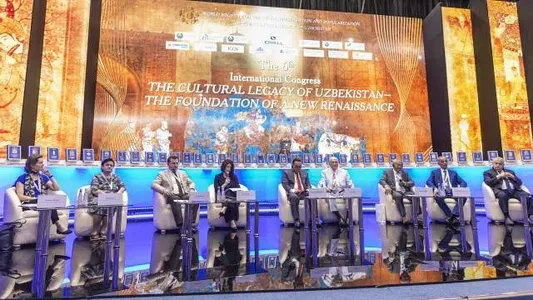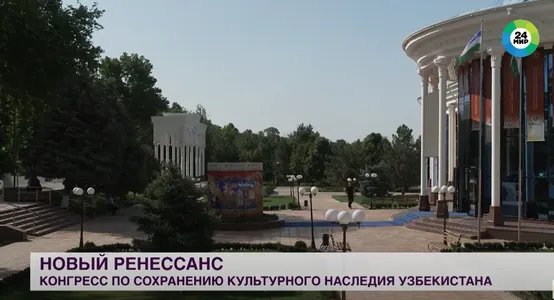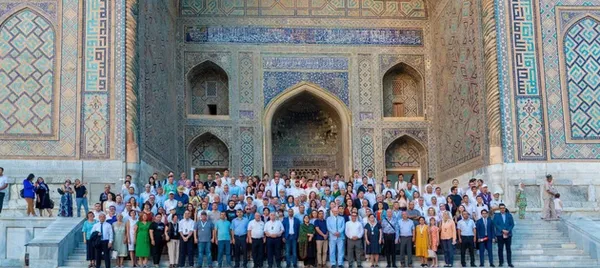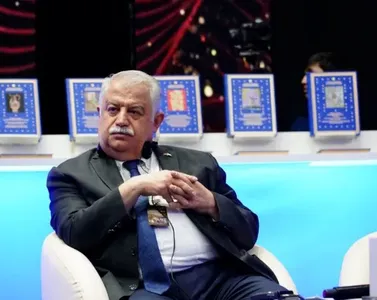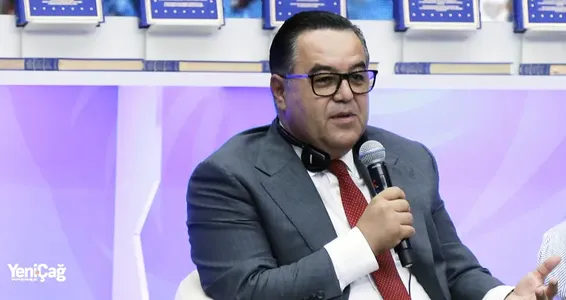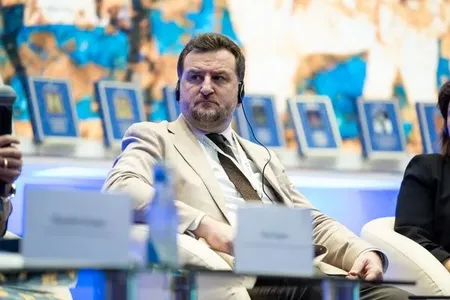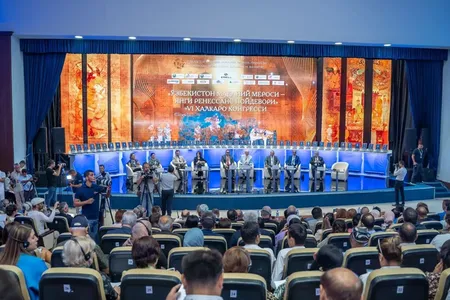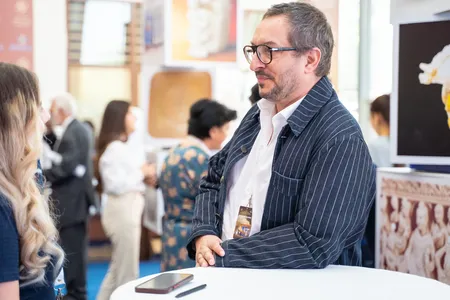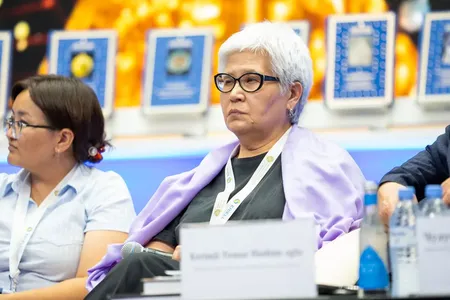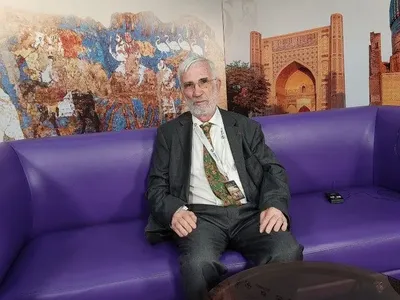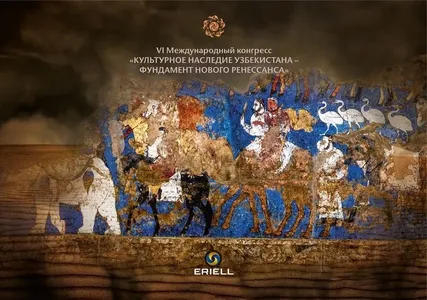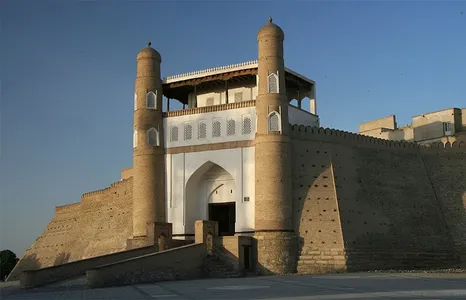
The question, with which I would like to start the conversation on the day of closing of the 6th International Congress of the World Society "The Cultural Legacy of Uzbekistan - the Foundation of a New Renaissance" is how Professor Gorshenina evaluates the work of the Congress from the perspective of her research.
— It seems to me that now the project has reached a certain very specific point, when it has become a phenomenon of academic science, when it needs to be studied from this point of view. The level of development of the project, its life history, books published, conferences held - this itself has become quite interesting material so far that can now be analyzed and described.
- For readers who are not very aware of the project’s objectives to study the cultural legacy of Uzbekistan in the museums of the world, what is its peculiarity?
– The project is engaged in the study of dispersed collections related to the culture and history of Uzbekistan, scattered around the world. What are dispersed collections? This is a very interesting thing. It's like fragments of a broken bowl - they are to be found absolutely everywhere in the room. And some fragments can end up in a small gap, where they are not visible. The process of finding those fragments is interesting in itself.
That is, in principle, the study of dispersed collections kept in various museums has several layers, levels. How to get access to this collection, which information sources may help to study it thoroughly, how this collection ended up in a specific museum ... And what was its fate before and then - how it existed there, how it changed, who studied it, who turned to it.
- It is certainly interesting. And after the work done, the results of these studies are reflected in the project, aren't they?
- This is the next stage - what questions are posed by people who create book-albums related to the cultural legacy of Uzbekistan series based on their research. In fact, many collections are identical. There suzani - here suzani, there ceramics - here ceramics. What is the value of the same description published in different volumes? Maybe the value of these volumes is to create a story: how the collection ended up in a certain museum, how it existed there, how it was perceived and used, how it was included in an exhibition or collection museum, what kind of life it had. Now this is interesting!
— The project involves hundreds of scientists and museum workers, it includes libraries… What are the ways to identify and engage them?
- This is yet another aspect that is seen here: how the identification of dispersed collections is going on now, how many researchers are involved, what specialties they have, which countries they are from, which scientific institutions they work at. There is a whole range of questions concerning this project that we can now ask ourselves. This is also interesting, that is, it implies a different level of scientific interest. If everything goes well, I will try to write an article about the congress as a phenomenon of academic science.
– And what about the organization of this forum? Is there anything special about holding the 6th Congress in Samarkand?
– The peculiarity of this Congress is that it is constantly expanding the circle of researchers who are involved in the joint work. This is a kind of vortex that draws in more and more researchers from various countries, from different scientific institutions and centers. Many new participants came to Samarkand, and many came to Uzbekistan for the first time, discovering the country for themselves.
Besides, it’s probably a positive trend that the project is trying to decentralize its policy. Last time the organizers held conferences in Tashkent, Khiva, Nukus. Before that we were in Termez. The change in geography is very important, because it’s in that mainstream that’s happening all over the world.



